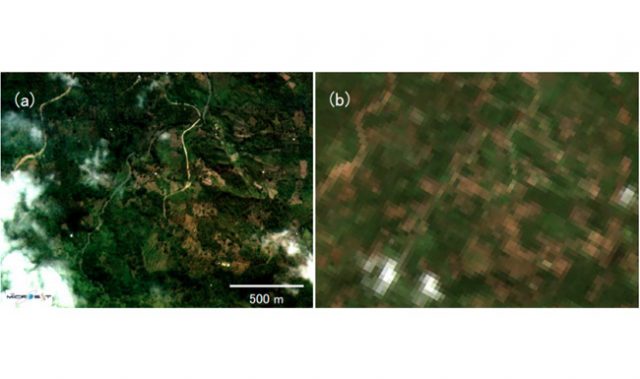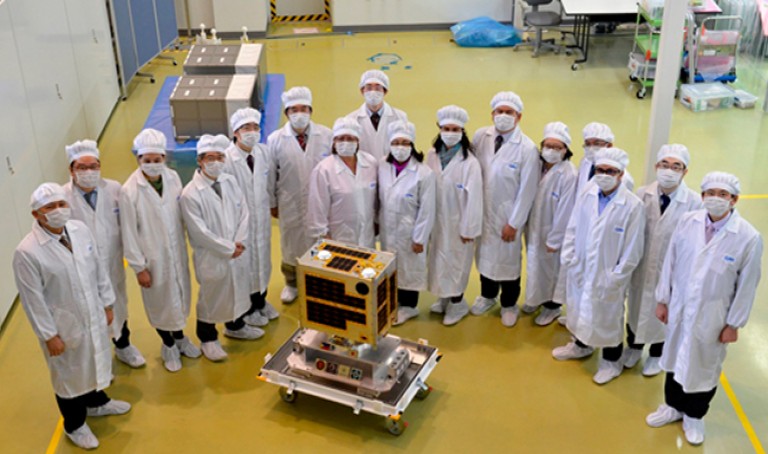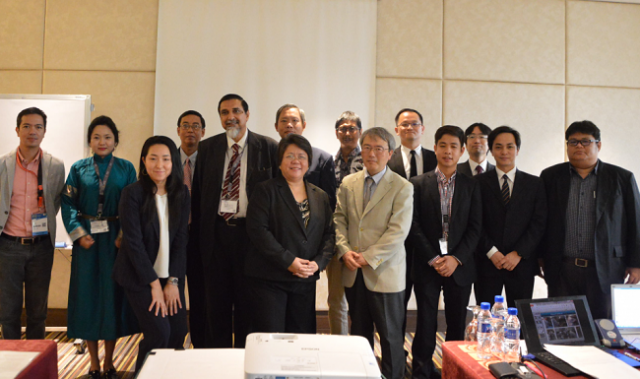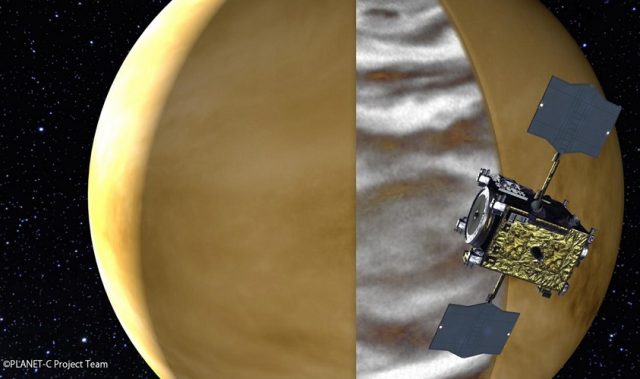
AsianScientist (Mar. 1, 2021) – Named after a distinctive brown-and-white bird found nearly everywhere in the Philippines, the country’s second nanosatellite Maya-2 was successfully launched to the International Space Station last February 21, 2021 along with Japan’s Tsuru and Paraguay’s GuaraniSat-1 nanosatellites.
Maya-2 is the latest in a series of satellites developed with the support of the country’s Department of Science and Technology (DOST). The initial satellite, Diwata-1, is notable for being the first microsatellite built and designed by Filipinos. Since then, Diwata-1 has been succeeded by the microsatellite Diwata-2 and nanosatellite Maya-1, both launched in 2018.
Collectively, these satellites are intended to boost the Philippines’ space ambitions as well as capture data relevant to agricultural productivity. For instance, the observation data can be used by researchers like Philippine Space Agency (PhilSA) deputy director-general Dr. Gay Jane Perez to accurately monitor the weather and predict any extreme events that could adversely impact crop yields.
Weighing just 1.3 kilograms, Maya-2 is equipped with wide and narrow-angle cameras to capture images and videos, as well as active altitude stabilization and control modules. The nanosatellite also contains additional features that distinguish it from Maya-1, like a different antenna design and the use of Perovskite solar cells for power.
Maya-2 was developed by DOST and the University of the Philippines Diliman, with assistance from Japan’s Hokkaido University, Tohoku University and Kyushu Institute of Technology. Moving forward, the satellite program will be led by the newly established PhilSA, with other satellites under the Diwata and Maya programs now in various stages of development. Maya-3 and Maya-4, specifically, are set to be launched within 2021.
“To do something for the first time is great, but to be able to do it again and innovate is greater,” said PhilSA director general Dr. Joel Joseph S. Marciano Jr. “We take pride in the launch of Maya-2, the successor to Maya-1 and the Philippines’ latest milestone in creating value in space for and from Filipinos and for the world.”
———
Source: Department of Science and Technology. Photo: Joint Global Multi-Nation Birds Satellite (BIRDS) Project.
Disclaimer: This article does not necessarily reflect the views of AsianScientist or its staff.












